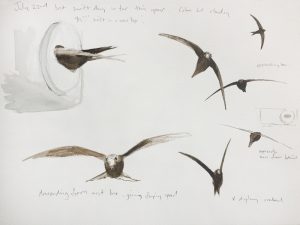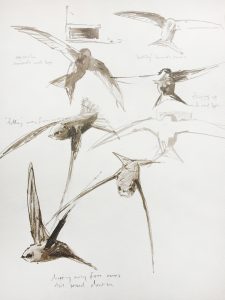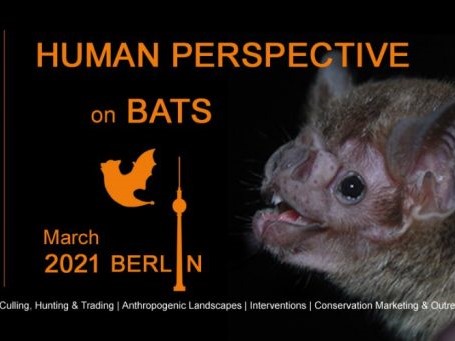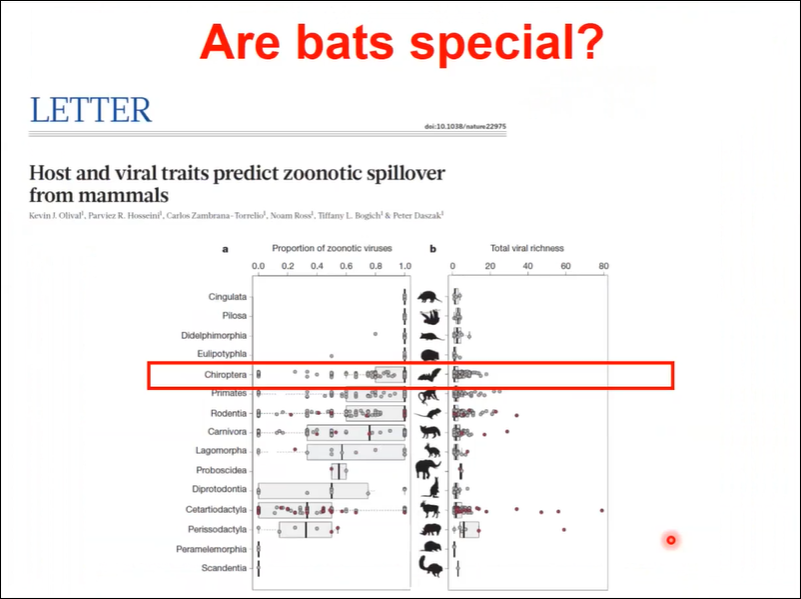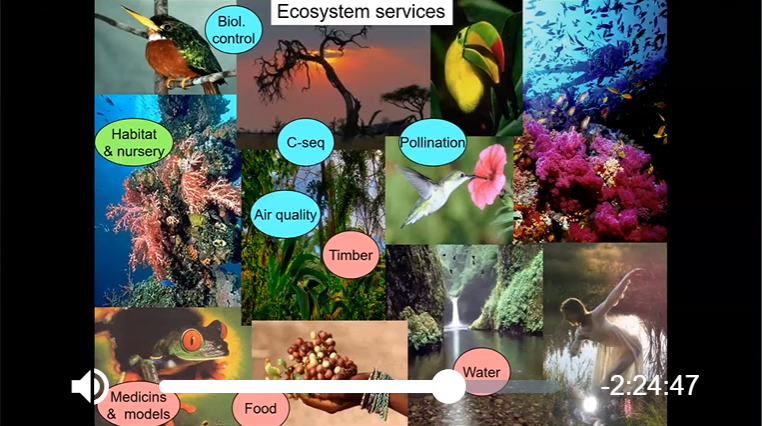Originally founded in 1819 as Williams Collins & Sons, today HarperCollins is one of the world’s foremost publishers, with an extensive catalogue covering both fiction and non-fiction. Producers of the justly famous New Naturalist series, and the familiar Collins Classic Field Guides, there can be few people interested in wildlife who do not have a few of HarperCollins’ natural history titles somewhere on their bookshelves.
Working with a range of authors from the bestselling and prize-winning to the brilliant debut, HarperCollins has forged a reputation for publishing books that investigate, challenge, and push forward the thinking of the day.
New Naturalist Series
 Established in 1945, the iconic New Naturalist series is arguably the most influential natural history series in the world with first editions highly collectable and much sought after. Covering a wide range of subjects and appealing to both professionals and naturalists alike, the series are consistent bestsellers for NHBS.
Established in 1945, the iconic New Naturalist series is arguably the most influential natural history series in the world with first editions highly collectable and much sought after. Covering a wide range of subjects and appealing to both professionals and naturalists alike, the series are consistent bestsellers for NHBS.
June 2021 sees the arrival of the latest volume in the series, Ecology and Natural History, with Peak District to follow in October and Trees in November.
Nature Writing and Popular Science
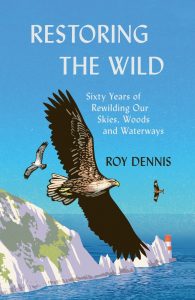 Recent publishing has included some fantastic additions to HarperCollins repertoire of nature writing, including Roy Dennis’ Restoring the Wild, which draws on his life’s work as a field ornithologist and expert in species reintroduction. Read our Q&A with Roy Dennis.
Recent publishing has included some fantastic additions to HarperCollins repertoire of nature writing, including Roy Dennis’ Restoring the Wild, which draws on his life’s work as a field ornithologist and expert in species reintroduction. Read our Q&A with Roy Dennis.
Sarah Gibson’s Swifts and Us and Mary Colwell’s latest book exploring our past, present and future relationship with predators in Britain Beak, Tooth and Claw. Read our Q&A with Mary Colwell.
Due in June from the author of The Seabird’s Cry – Winner of the 2018 Wainwright Prize for Nature Writing, the highly anticipated The Sea Is Not Made of Water. In addition, from the author of Extraordinary Insects, we look forward to Tapestries of Life, also due to be published in June.
Collins Field Guides
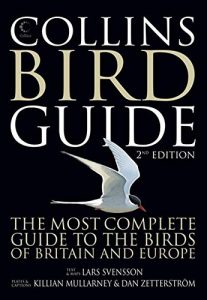 HarperCollins are famous for the distinctive black jackets on their Collins Classic Field Guides. These are consistently popular with naturalists and ecologists throughout Britain. In fact, the Collins Bird Guide is our all-time bestselling book here at NHBS! Covering Europe and the UK’s flora and fauna, these field guides set the benchmark for quality descriptions, illustrations and distribution maps.
HarperCollins are famous for the distinctive black jackets on their Collins Classic Field Guides. These are consistently popular with naturalists and ecologists throughout Britain. In fact, the Collins Bird Guide is our all-time bestselling book here at NHBS! Covering Europe and the UK’s flora and fauna, these field guides set the benchmark for quality descriptions, illustrations and distribution maps.
In addition to the Classic Field Guides, Collins have a comprehensive range of field guides spanning several series, including: Collins Pocket Guides, Collins Complete Guides and Collins Field Guides.
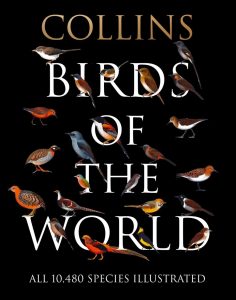 Due in September is Collins Birds of the World – an exciting and all-encompassing new field guide comprising of 25,000 illustrations of 10,000 species on 280 colour plates.
Due in September is Collins Birds of the World – an exciting and all-encompassing new field guide comprising of 25,000 illustrations of 10,000 species on 280 colour plates.
Browse a selection of highlights below
Orchard: A Year in England’s Eden
By: Benedict Macdonald and Nicholas Gates
Paperback | June 2021| £7.99 £9.99
A brilliantly written and informative insight into the ecological niche traditional orchards can provide and the benefit they can have for the larger ecosystems around them.
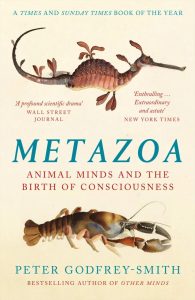 Metazoa: Animal Minds and the Birth of Consciousness
Metazoa: Animal Minds and the Birth of Consciousness
By: Peter Godfrey-Smith
Paperback | July 2021| £9.99
Combining vivid animal encounters with philosophy and biology, Metazoa reveals the impossibility of separating the evolution of our minds from the evolution of animals themselves.
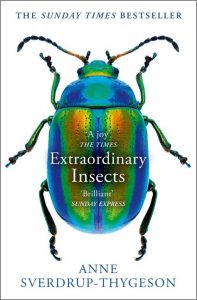 Extraordinary Insects: Weird. Wonderful. Indispensable. The Ones Who Run Our World
Extraordinary Insects: Weird. Wonderful. Indispensable. The Ones Who Run Our World
By: Anne Sverdrup-Thygeson
Paperback | April 2020| £7.99 £9.99
A journey into the weird, wonderful and truly astonishing lives of the small but mighty creatures who keep the world turning.
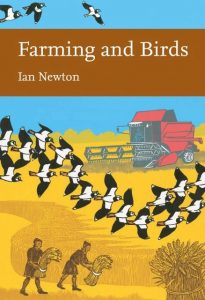 Farming and Birds
Farming and Birds
By: Ian Newton
Paperback | July 2017| £29.99 £34.99Hardback | July 2017| £52.99
£64.99
Ian Newton discusses the changes that have occurred in British agriculture over the past seventy years, and the effects they have had on bird populations.
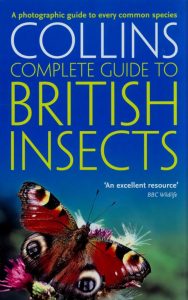 Collins Complete Guide to British Insects: A photographic guide to every common species
Collins Complete Guide to British Insects: A photographic guide to every common species
By: Michael Chinery
Paperback | April 2009| £13.99 £16.99
A photographic field guide to all the common and some unusual species of insects across Britain that the keen amateur naturalist is likely to spot.
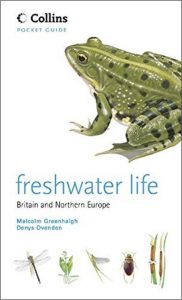 Freshwater Life of Britain and Northern Europe
Freshwater Life of Britain and Northern Europe
By: Malcolm Greenhalgh
Paperback | March 2007| £16.99 £19.99
A beautifully illustrated guide to the wide variety of species found in rivers, streams, lakes and ponds in Britain and Europe.
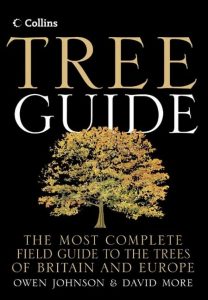 Collins Tree Guide: The Most Complete Field Guide to the Trees of Britain and Europe
Collins Tree Guide: The Most Complete Field Guide to the Trees of Britain and Europe
By: Owen Johnson
Paperback | April 2006| £15.99 £18.99
Part of the Collins Classic Field Guides series, the Collins Tree Guide is a definitive guide to the trees of Britain and non-Mediterranean Europe.
Browse all HarperCollins books at NHBS
All prices correct at the time of this article’s publication.



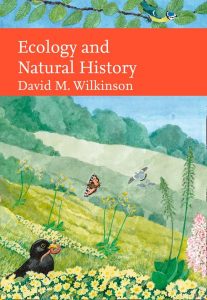
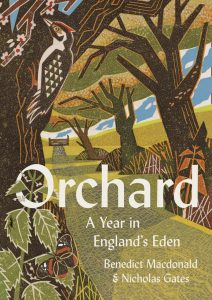
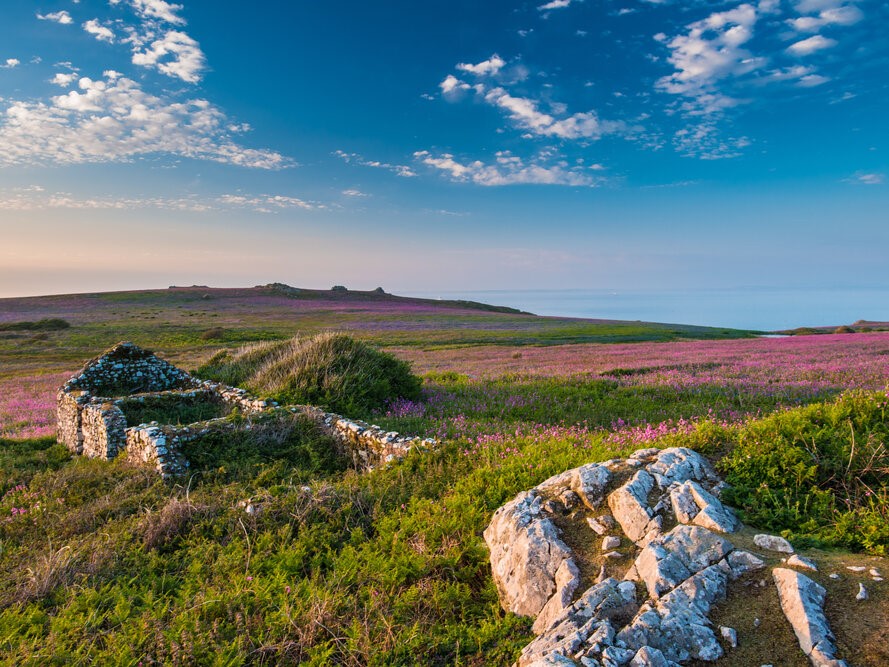
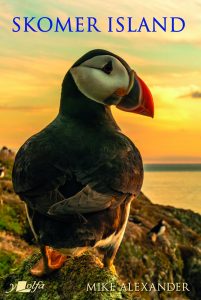
 I first visited as a schoolboy in 1962, just a couple of years into Skomer’s incarnation as a nature reserve, and it was a day that changed my life forever. The most overwhelming idea that stayed with me from that day was that eventually, whatever it took, I would become warden of Skomer. I finally fulfilled that long-held childhood dream in the spring of 1976. Following 10 wonderful years on Skomer I moved to North Wales where initially I was responsible for the management of 5 spectacular National Nature Reserves and in 1991, I became responsible for supervising the management of the entire series of NNRs in Wales, a position I held for over twenty years. In 2018 I became the chair of the Pembrokeshire islands conservation advisory committee and so my commitment to Skomer continues.
I first visited as a schoolboy in 1962, just a couple of years into Skomer’s incarnation as a nature reserve, and it was a day that changed my life forever. The most overwhelming idea that stayed with me from that day was that eventually, whatever it took, I would become warden of Skomer. I finally fulfilled that long-held childhood dream in the spring of 1976. Following 10 wonderful years on Skomer I moved to North Wales where initially I was responsible for the management of 5 spectacular National Nature Reserves and in 1991, I became responsible for supervising the management of the entire series of NNRs in Wales, a position I held for over twenty years. In 2018 I became the chair of the Pembrokeshire islands conservation advisory committee and so my commitment to Skomer continues.
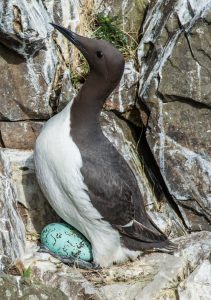
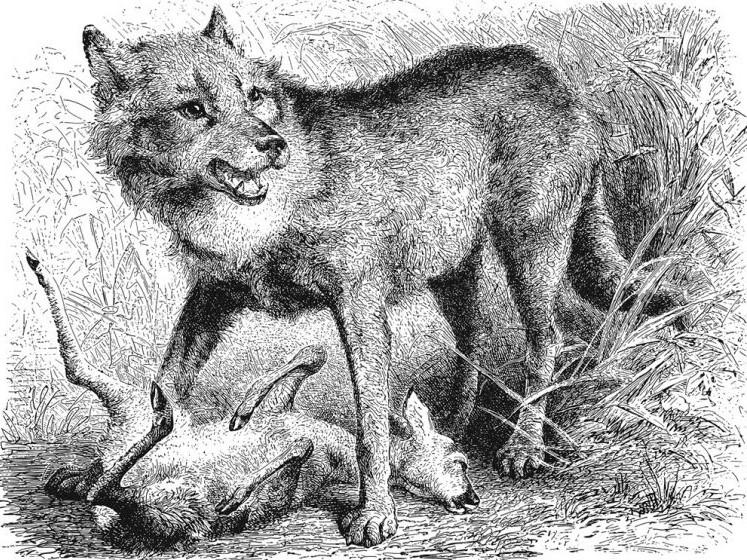
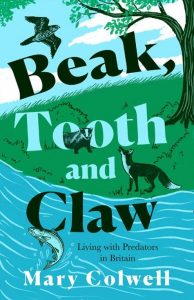 With the recent return of the white-tailed sea eagle to Britain and the mooted return of the Lynx, living with predators is becoming a much more frequent topic of conversation. In
With the recent return of the white-tailed sea eagle to Britain and the mooted return of the Lynx, living with predators is becoming a much more frequent topic of conversation. In  beautiful pictures were covering over a fractured, damaged world. Wild creatures are struggling to make their lives work in our increasingly human-dominated landscapes, and this rich, vibrant planet is thinning out. Over the years the press releases I read, particularly from Ireland, highlighting the decline of curlews were eye-watering. It ate away at me, this relentless destruction, and I decided I had to get more involved. Not so much in the fieldwork and practicality, but in doing what I had been trained to do – tell the stories of the earth and help make the problems accessible and understandable to people like me, non-specialists who care.
beautiful pictures were covering over a fractured, damaged world. Wild creatures are struggling to make their lives work in our increasingly human-dominated landscapes, and this rich, vibrant planet is thinning out. Over the years the press releases I read, particularly from Ireland, highlighting the decline of curlews were eye-watering. It ate away at me, this relentless destruction, and I decided I had to get more involved. Not so much in the fieldwork and practicality, but in doing what I had been trained to do – tell the stories of the earth and help make the problems accessible and understandable to people like me, non-specialists who care.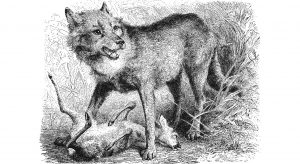

 Formed in 2010, the core aim of the
Formed in 2010, the core aim of the  Sadly there are many threats to badgers and, despite gaining legal protection in 1992, badger persecution is on the increase. In England, one of the biggest threats badgers face is the government licenced badger cull. Since the cull began in England in 2013, a total of 140,991 badgers have been killed, 30,345 of which have been in Devon.
Sadly there are many threats to badgers and, despite gaining legal protection in 1992, badger persecution is on the increase. In England, one of the biggest threats badgers face is the government licenced badger cull. Since the cull began in England in 2013, a total of 140,991 badgers have been killed, 30,345 of which have been in Devon. In 2019, through some very generous grants and donations, the DBG was able to fund two members to train to become licenced lay vaccinators. I was lucky enough to be one of them. Since then, we have worked in collaboration with the Somerset Badger Group to vaccinate badgers in Devon and Somerset, which has allowed us to gain valuable experience. We hope this will continue and expand in the future.
In 2019, through some very generous grants and donations, the DBG was able to fund two members to train to become licenced lay vaccinators. I was lucky enough to be one of them. Since then, we have worked in collaboration with the Somerset Badger Group to vaccinate badgers in Devon and Somerset, which has allowed us to gain valuable experience. We hope this will continue and expand in the future. 
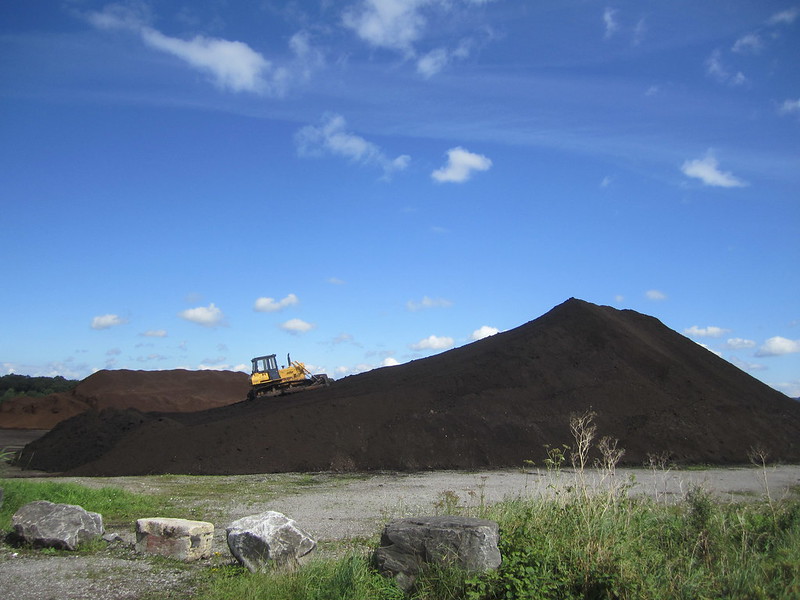
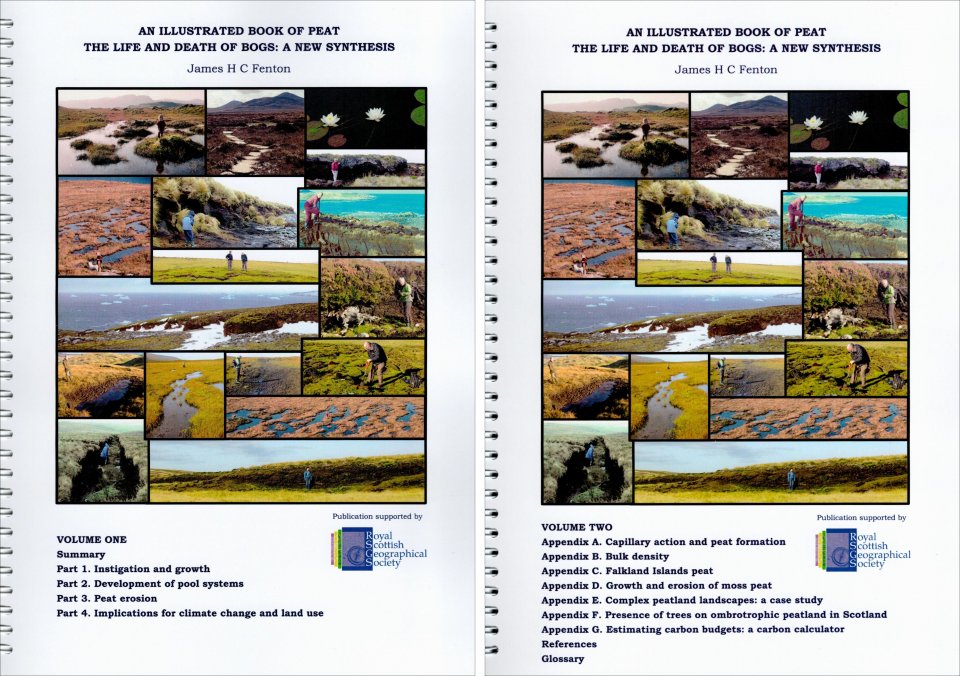
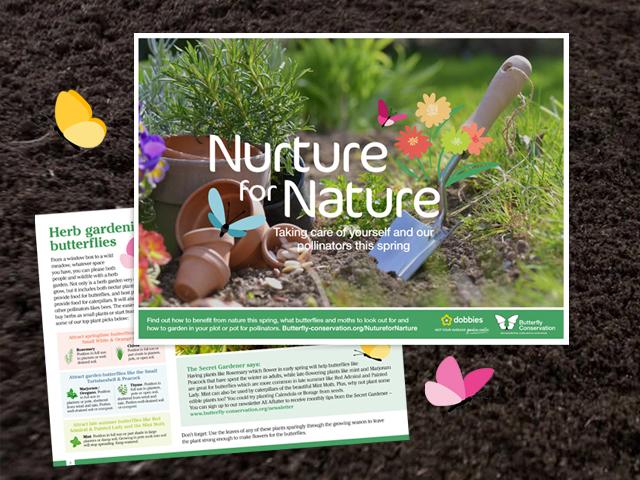
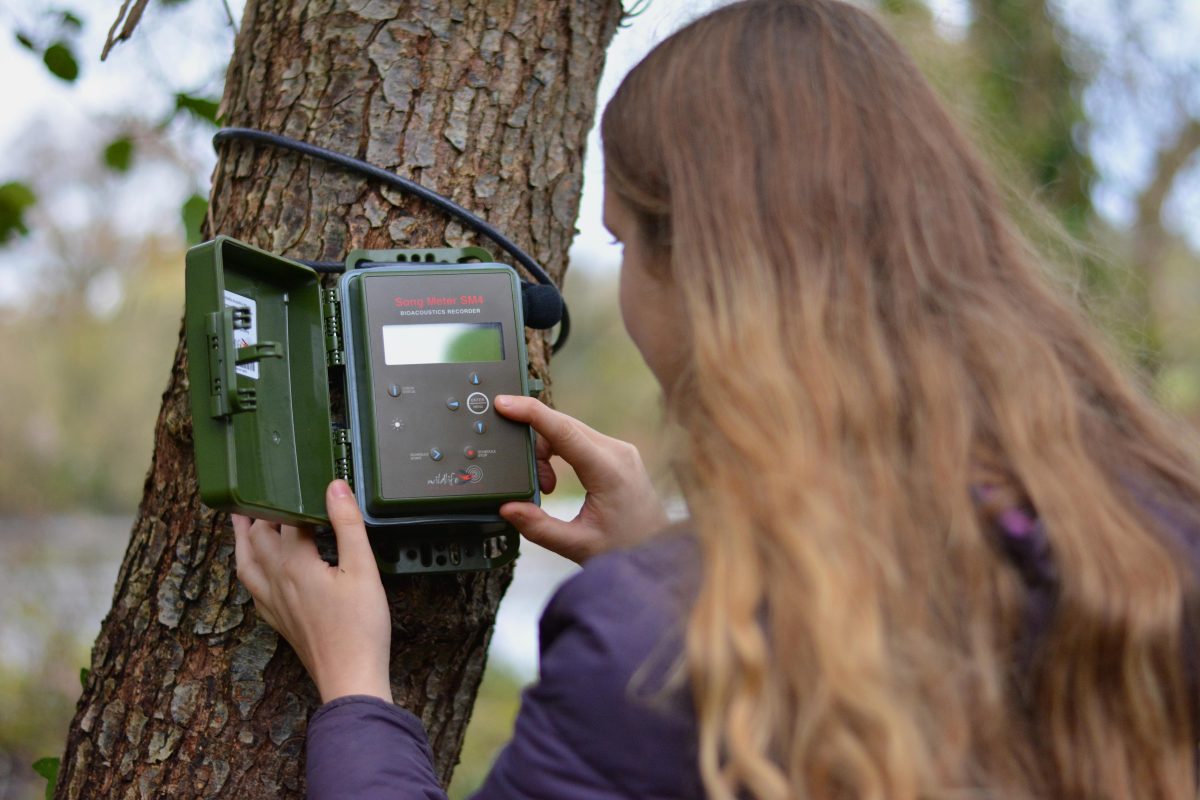
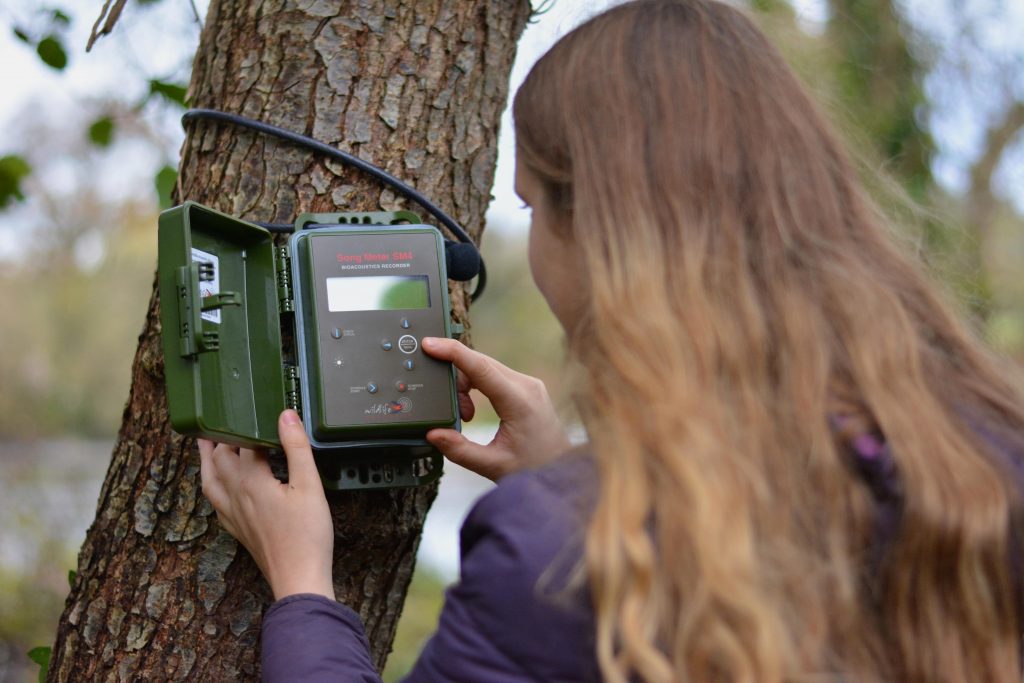
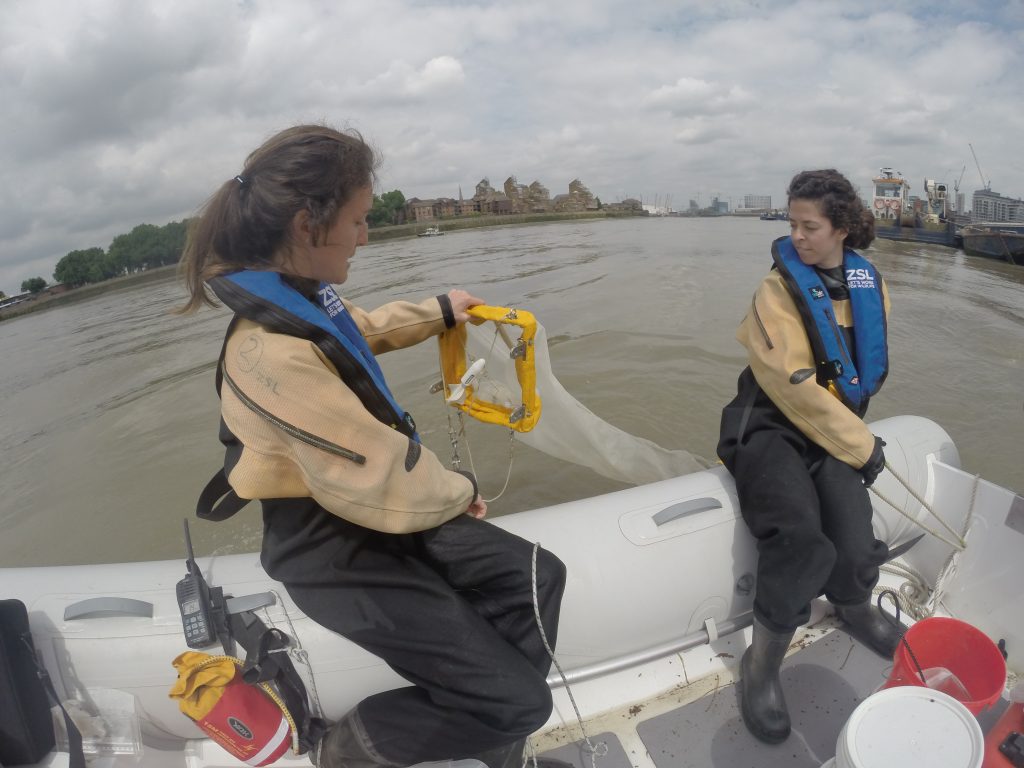
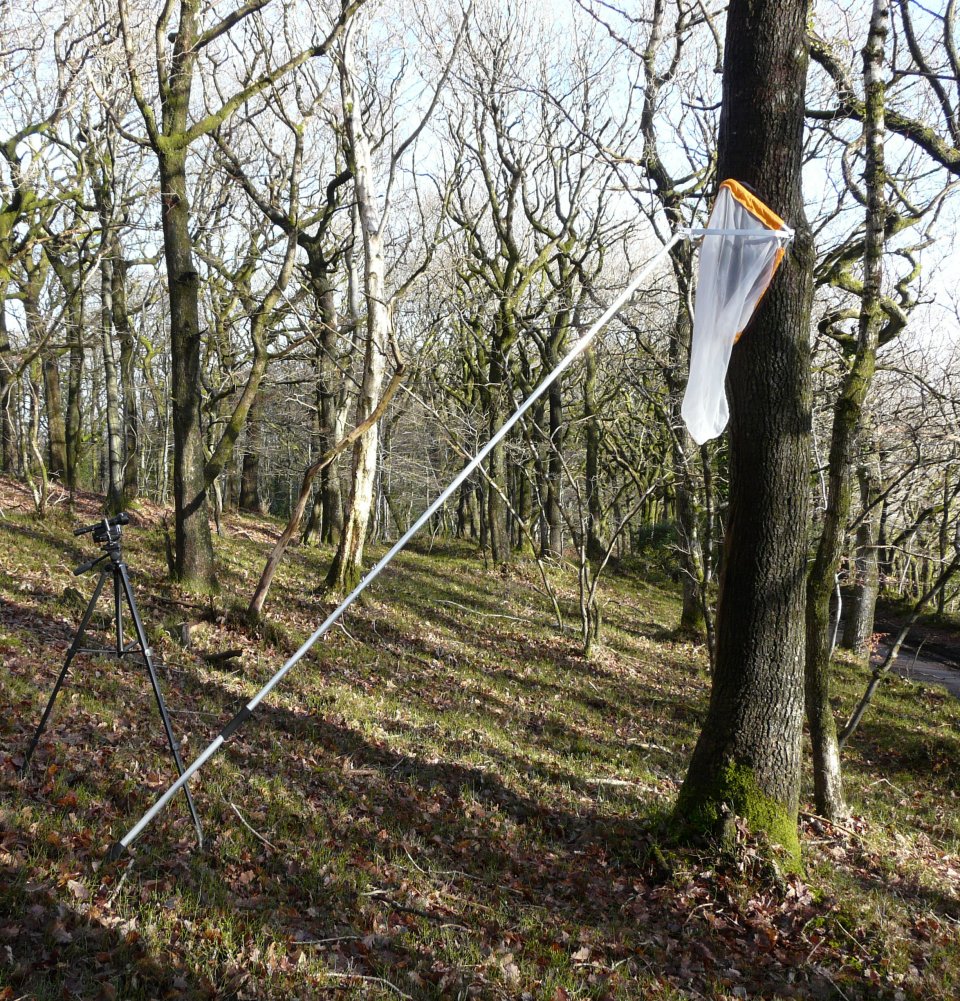
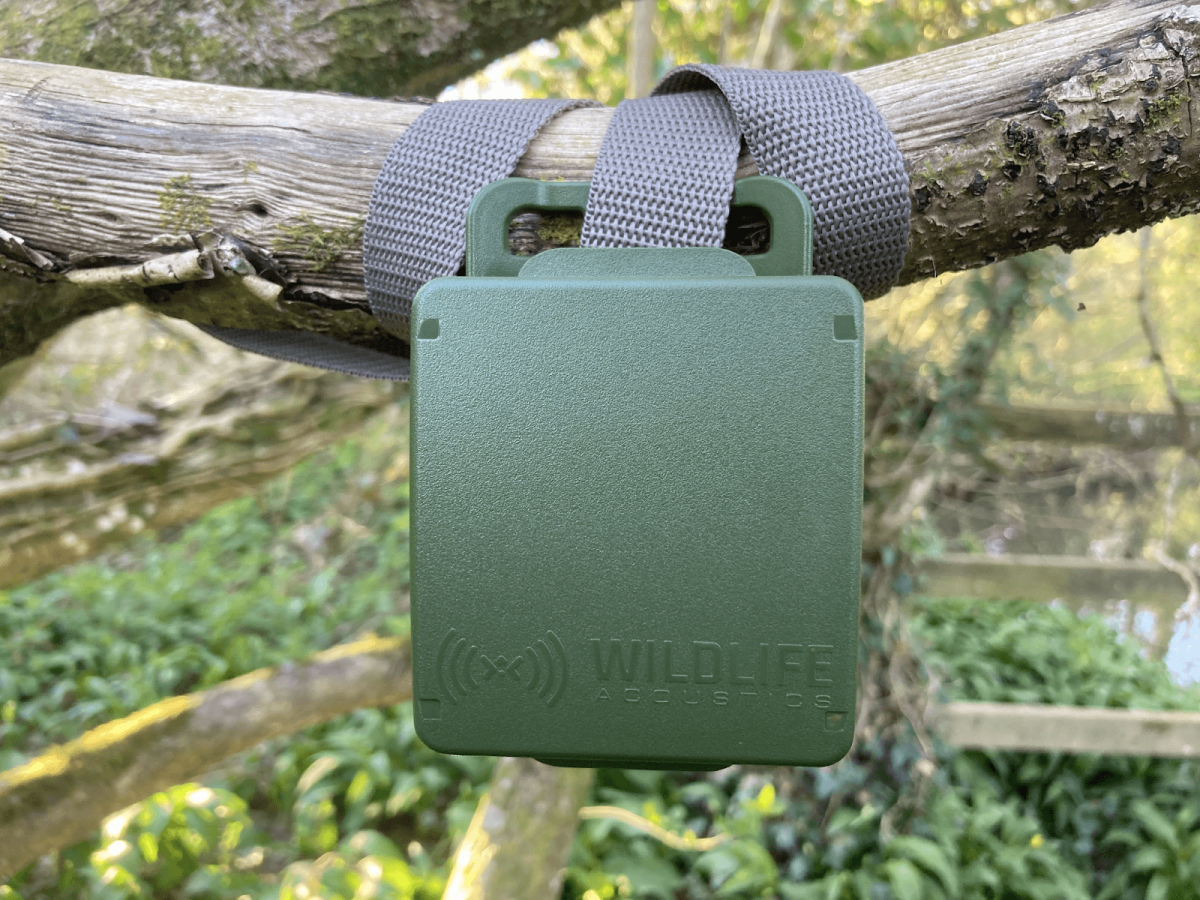
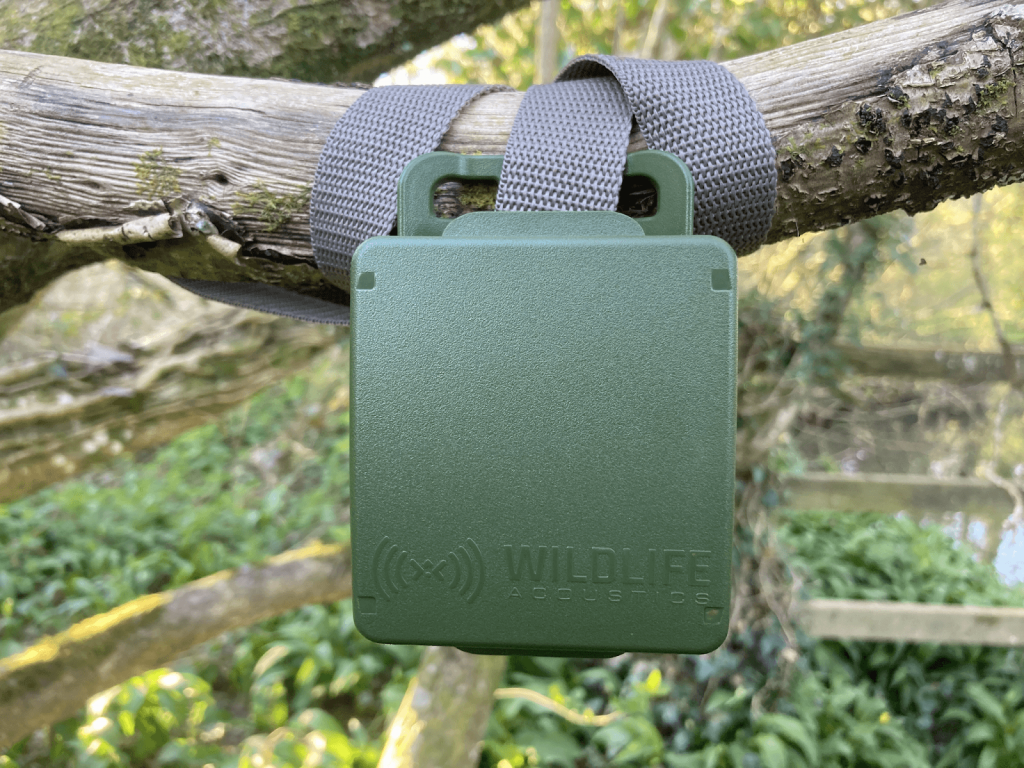
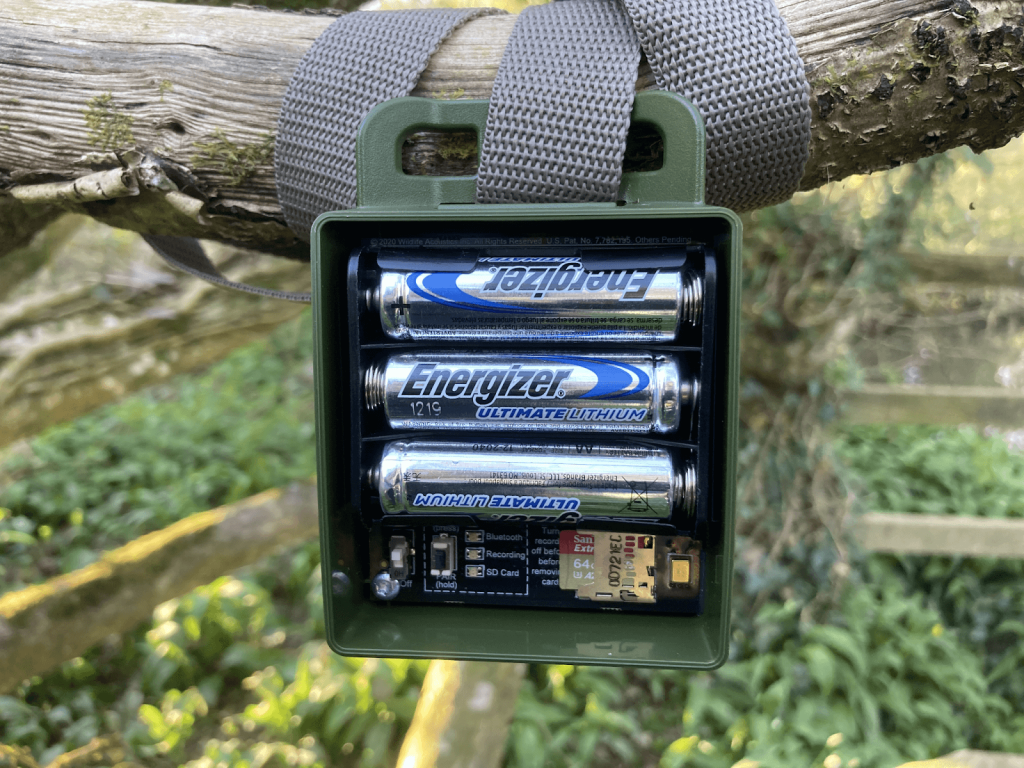
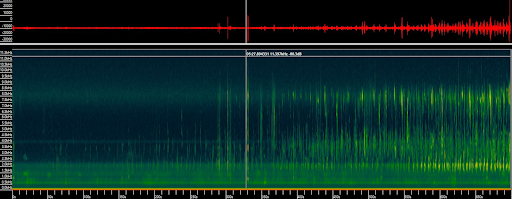
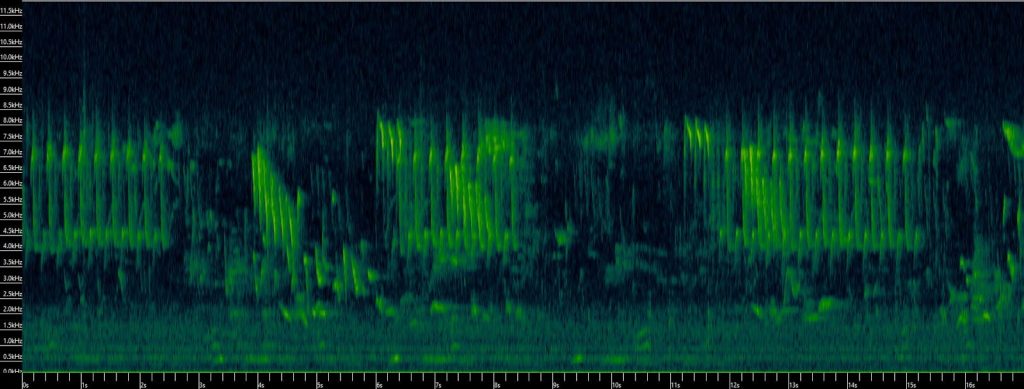
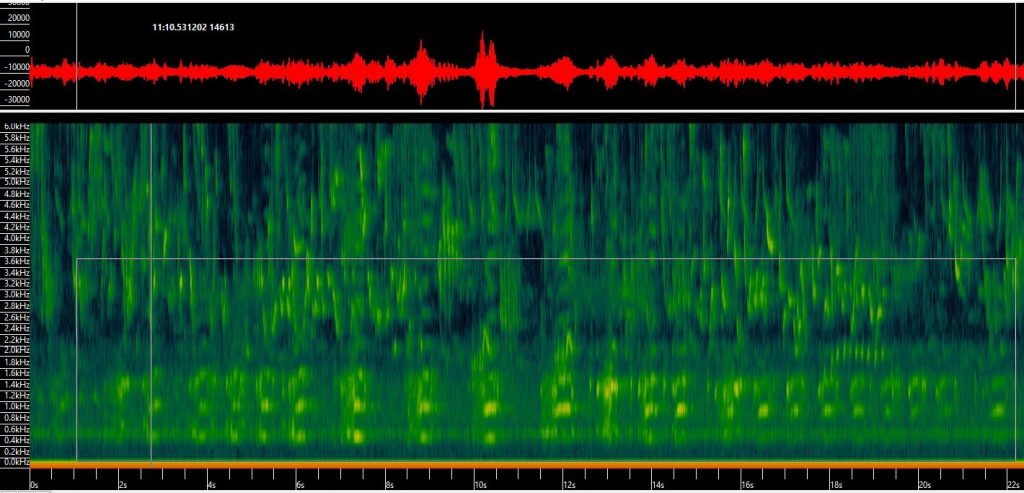
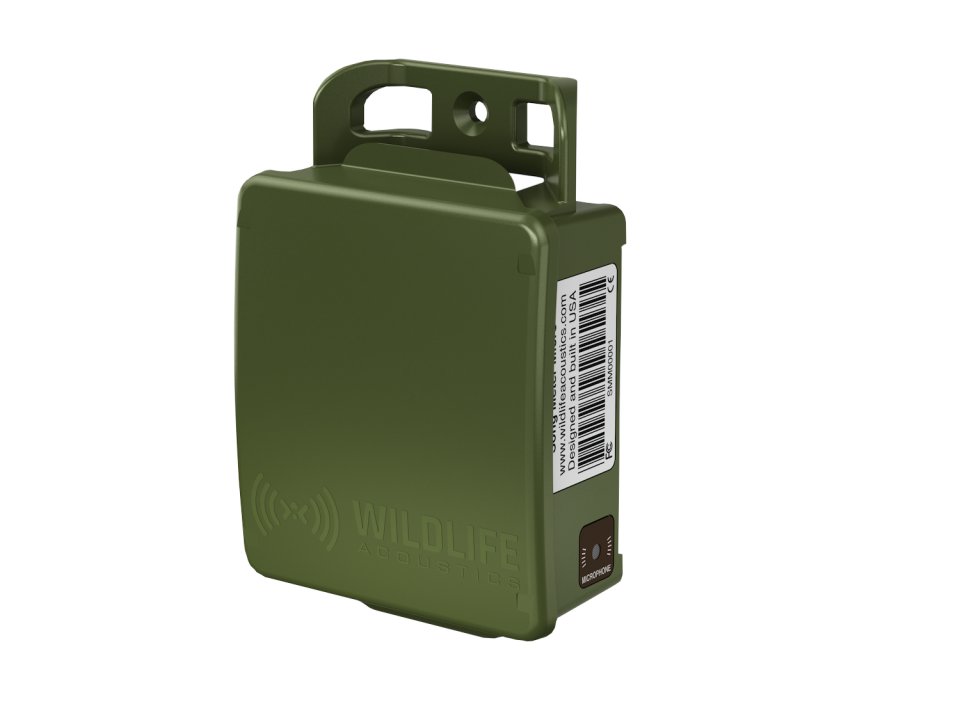
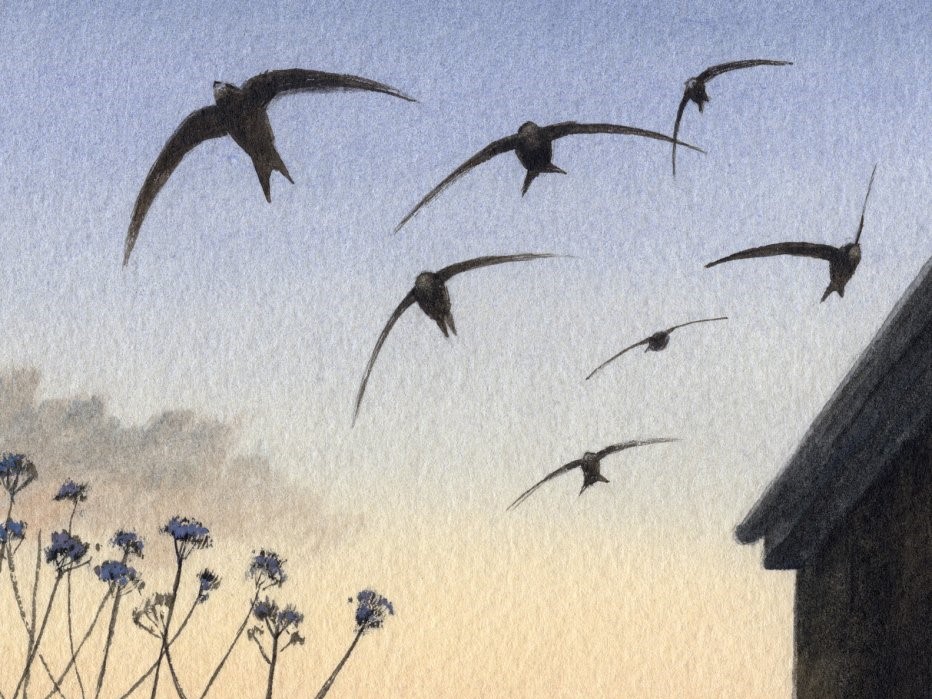
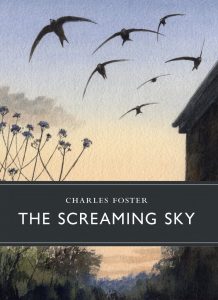 A summer visitor, the common swift appears suddenly with the change in season, swooping overhead with its unmistakeable call. From their travels to Africa, to their short breeding season in the UK, swifts appear to defy gravity with their extraordinary migratory feats, with some in flight for ten months of the year. In
A summer visitor, the common swift appears suddenly with the change in season, swooping overhead with its unmistakeable call. From their travels to Africa, to their short breeding season in the UK, swifts appear to defy gravity with their extraordinary migratory feats, with some in flight for ten months of the year. In 
